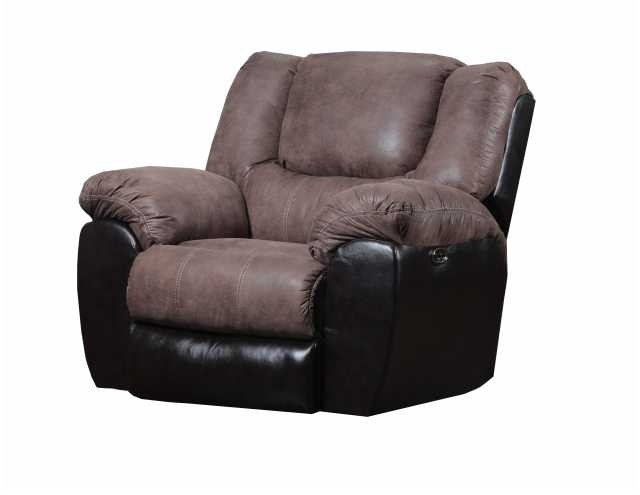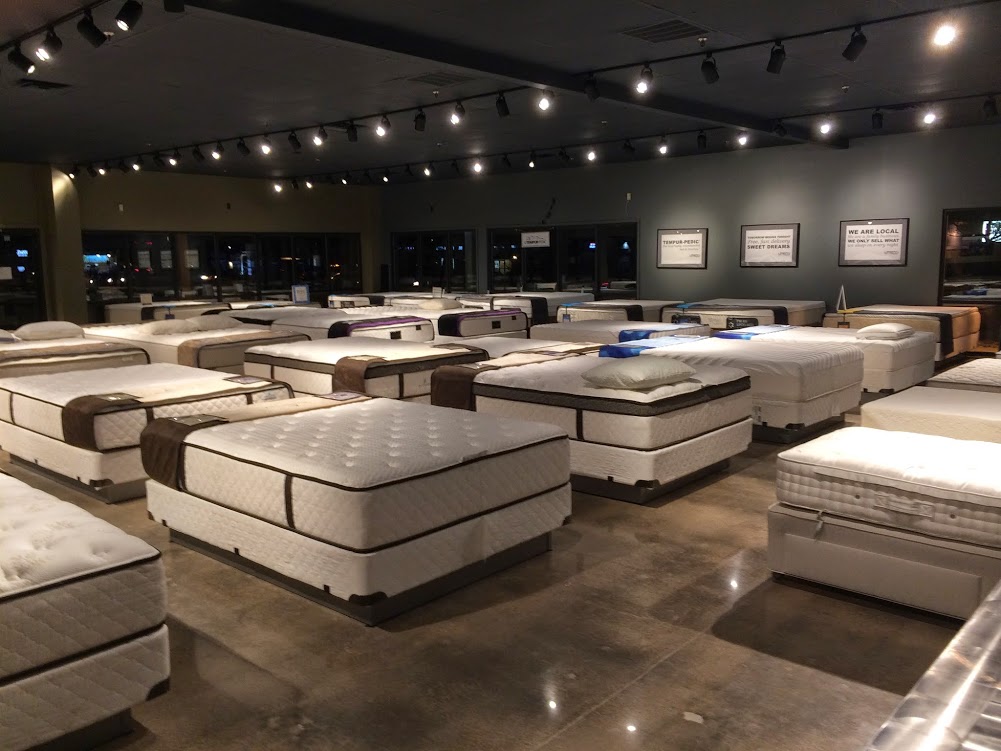When it comes to kitchen design rules and regulations, the most important to consider are related to plumbing. Kitchen design plumbing codes and regulations need to be the primary focus, as any improper installation may lead to significant water damage. Major cities throughout the United States typically have plumbing code requirements for new kitchen installations. For example, cities in the state of California follow the plumbing codes set by the California Plumbing Code of the California Building Standards Commission (CBSC). If a residential property is not up to the California Plumbing Code, it could result in heavy fines, legal fees, or even severe health risks. Two primary plumbing codes to consider when remodeling a kitchen are water heater and waste disposal requirements. Each of these plumbing codes feature regulation standards like water heater certified capacity, plumbing cleanouts for sewer lines, and specific requirements when connecting a dishwasher to a DIY waste disposal system.Plumbing Codes and Regulations for Kitchens
When it comes to the kitchen design process, there are a few basic principles of design that must be taken into consideration. The primary kitchen design tenet to observe is ensuring there is enough space to move and work freely. As kitchens are a high-traffic area, an adequate space is essential. To ensure efficient circulation of kitchen workspaces, the ‘Kitchen Work Triangle’ is an important kitchen design rule to observe. The kitchen work triangle is used to determine the optimal positioning of kitchen appliances, such as fridges, sinks, and ovens in the kitchen. Besides space and placement rules, colors and lighting also feature as important kitchen design rules and regulations. According to kitchen design principles, warm colors like red, orange, and yellow should be avoided as they lead to a feeling of anxiety and agitation. Similarly, fluorescent lights are not recommended, as they have a cold feel to them which makes it difficult to create an inviting kitchen atmosphere. Kitchen design rules and regulations should take the appropriate lighting, colors, and space into account in order for every place to be effective and practical.Basic Guidelines for Kitchen Design
Installation of cabinets is another important component in kitchen design rule and regulations. As cabinets are the primary storage units for any kitchen, their installation must be done in a safe and secure manner. All kitchen cabinets must be properly secured to walls to safeguard against collapse, especially if they house heavy items. Accessibility is another primary kitchen design rule, which must be taken into consideration when installing kitchen cabinets. Items stored in kitchen cabinets, such as glassware, must be easily retrieved, without causing too much strain. This is why suspended shelving and cabinets are recommended for kitchens. If the kitchen cabinets need to be fastened, the cabinets must be securely fastened to a wall that is capable of bearing the combined load of the combined items placed inside the cabinets. The supporting structure behind the cabinets must also be inspected and up to the required safety standard, and is recommended to be inspected by a home inspector.Kitchen Cabinet Installation Regulations
A functioning ventilation system is an essential kitchen design rule and regulation. Not only does a functioning ventilation system remove steam, odors, and fumes from a kitchen area, it also prevents heat-related damage to kitchen appliances and kitchen furniture. Regulations related to kitchen ventilation systems typically require exhaust fans and countertop ventilation. By installing exhaust fans and countertop ventilation, the kitchen area can be kept free from grease and other buildup. It is essential to maintain proper air flow any time the kitchen is in use, so it is important to follow kitchen ventilation installation rules and regulations.Kitchen Ventilation System Requirements
When refurbishing a kitchen space, the type of flooring to be installed is a critical decision. When deciding the flooring type, it is important to ensure it meets safety standards for kitchen designs. Kitchen design rules on flooring typically focus on slip-resistant surfaces, such as textured ceramic tile, sheet vinyl, and natural materials like stone and wood. These flooring types are great for kitchens because they provide traction and prevent the accumulation of grease and liquids. In addition, an alternative safety flooring option for kitchens is epoxy resins, which provide a smooth and slip-resistant surface. Although epoxy is impervious to slips and staining, it is possible for the material to lose its slip-resistance in wet conditions. To prevent this, it is recommended to use a standard sealer and provide adequate drying time before walking on the newly installed epoxy. These are just some flooring regulations that must be taken into consideration when renovating a kitchen.Kitchen Flooring Standard Regulations
Another important kitchen design regulation to consider is the shelving system being used. Kitchen design regulations for shelving systems typically dictate the use of shelving systems that can support a heavy load. Shelving units should also provide adequate air circulation to prevent the buildup of moisture and should be securely fastened to the wall. In addition, it is recommended to set a shelving system directly above the flooring, especially if it includes items weighing more than 25 pounds. It is also important to ensure that the total load of the shelving system does not exceed the load capacity of the wall on which it is mounted. By following these regulations, kitchen shelving systems can be safely and correctly installed into kitchen spaces.Shelving System Requirements in Kitchens
Appliances in a kitchen should be installed at a safe distance from one another, as this allows enough space for one person to move around without difficulty. Depending on the size of the kitchen space, a safe distance of at least three feet between each appliance should be provided. During a kitchen renovation, the countertops and cabinets where appliances will be installed should be measured and calculated against the required distance before installation. Additionally, kitchen appliances should be properly fastened to walls or the countertop to prevent the appliance from falling. Furthermore, certain kitchen appliances may require specific clearance rules depending on the manufacturer and local constraints. Therefore it is important to read the manufacturer's installation instructions before carrying out any work.Appliance Safe Distance Regulations
When it comes to lighting regulations for kitchens, it is important to ensure the room is lit up properly. Properly designed kitchen lighting should be able to light up important areas, such as countertops, built-in shelves, and other kitchen materials. Accent lighting can be used to draw attention to certain elements in the kitchen, like kitchen wall art or a feature wall. In addition, the International Residential Code has specific kitchen lighting regulations that require kitchens to be outfitted with at least two lighting fixtures, one of which must be a ceiling mounted fixture. The other has to have either the wall or ceiling for installations, and general kitchen lighting should have a simple switch for controlling the light’s brightness. Overall, when designing kitchen lighting, kitchen design rules and regulations should be followed to ensure safety and convenience.Lighting Regulations for Kitchens
Kitchens are susceptible to fire breakouts due to the presence of open flames and easily ignitable materials such as oil. Thus, fire safety regulations needs to be strictly adhered to in order to keep the kitchen safe. The installation of fire extinguishers should definitely be taken into consideration when designing a kitchen. Fire extinguishers need to placed in easily accessible areas, such as right under or near the kitchen sink. Likewise, when installing appliances that involve high temperatures, such as a oven, kitchen design rules and regulations state that the oven and its connecting power source should be positioned a minimum distance of 6 inches away from any wooden materials or flammable materials to prevent fires.Fire Safety Regulations for Kitchens
Waste management regulations for kitchens involve proper storage and disposal of kitchen waste materials. For instance, kitchens should always provide appropriate garbage bins to store food scraps, cans, and other waste materials. It is important to have a proper waste management system in place to reduce the risk of spreading harmful microorganisms that can lead to food poisoning or other issues. There should also be a recycling program set up for glass, cans, paper, and other recyclables. In addition, proper underground disposal of raw sewage needs to be taken into consideration. If there are no underground sewage systems, a septic tank is an option. A septic tank system should only be used if the area has enough space and is a designated zone for sewage installation. Most regulations are centered around keeping the environment safe from hazardous materials, and proper kitchen waste management is essential to do it.Waste Management Regulations for Kitchens
When designing a kitchen, it is essential to follow the necessary kitchen design rules and regulations in order to ensure the safety of those who use the kitchen and those living in the home. Kitchen design regulations involve proper installation of plumbing, ventilation systems, lighting, flooring, shelving systems, and more. Furthermore, there are also regulations regarding appliance installation, fire safety, and waste management. By following the appropriate kitchen design rules and regulations, homeowners can create a safe, efficient, and comfortable kitchen environment that will last for years to come.PRIMARY_Kitchen Design Rules and Regulations
Factors to Consider in Kitchen Design Rules and Regulations
 There are several
important factors
that you must consider when it comes to designing the kitchen space for your home. The
safety of appliances
is one of the most critical components of the kitchen design. It is essential to ensure that all electrical outlets and other essential elements that require electricity comply with the local regulations.
Gas pipes and hoses
should also be adequately prepared and installed accordingly in order to ensure safety.
Another
important element
to consider in the kitchen design is the layout. It is essential to take into account the amount of space available in the kitchen. It is very important to ensure that the amount of
countertop space
and storage in the kitchen is adequate. Furthermore, all necessary appliances should be placed in such a way that it maximizes the efficiency of the kitchen while being energy efficient.
Finally, it is essential to consider the
interior design
of the kitchen. In order to achieve the desired aesthetic, the
theme and colour
of the kitchen should be kept in mind. The kitchen should also be well-lit in order to ensure maximum convenience for the user. Additionally, the choice of hardware and materials should further add to the overall appeal of the kitchen space.
There are several
important factors
that you must consider when it comes to designing the kitchen space for your home. The
safety of appliances
is one of the most critical components of the kitchen design. It is essential to ensure that all electrical outlets and other essential elements that require electricity comply with the local regulations.
Gas pipes and hoses
should also be adequately prepared and installed accordingly in order to ensure safety.
Another
important element
to consider in the kitchen design is the layout. It is essential to take into account the amount of space available in the kitchen. It is very important to ensure that the amount of
countertop space
and storage in the kitchen is adequate. Furthermore, all necessary appliances should be placed in such a way that it maximizes the efficiency of the kitchen while being energy efficient.
Finally, it is essential to consider the
interior design
of the kitchen. In order to achieve the desired aesthetic, the
theme and colour
of the kitchen should be kept in mind. The kitchen should also be well-lit in order to ensure maximum convenience for the user. Additionally, the choice of hardware and materials should further add to the overall appeal of the kitchen space.
Working with Professionals
 It is very important to employ experienced professionals when it comes to
complying with the necessary kitchen design rules and regulations
. They should have an extensive knowledge and understanding of relevant building and safety-related regulations. Furthermore, professionals should also be able to create a design that will align with the homeowner’s desired aesthetic. Working with experienced professionals can help create a kitchen that will not only be safe but will also add value to the home.
It is very important to employ experienced professionals when it comes to
complying with the necessary kitchen design rules and regulations
. They should have an extensive knowledge and understanding of relevant building and safety-related regulations. Furthermore, professionals should also be able to create a design that will align with the homeowner’s desired aesthetic. Working with experienced professionals can help create a kitchen that will not only be safe but will also add value to the home.
The Necessity of an Efficient Design
 The most important aspect of designing the kitchen is ensuring an
optimal and efficient layout that is comfortable to use
. Kitchen design rules and regulations must be complied with accordingly to make sure that the kitchen space is both comfortable and efficient. It is important to create a kitchen that is free of clutter and is organized in such a way that allows easy accessibility of necessary items. It is also important to take into consideration the amount of space available.
The most important aspect of designing the kitchen is ensuring an
optimal and efficient layout that is comfortable to use
. Kitchen design rules and regulations must be complied with accordingly to make sure that the kitchen space is both comfortable and efficient. It is important to create a kitchen that is free of clutter and is organized in such a way that allows easy accessibility of necessary items. It is also important to take into consideration the amount of space available.
Utilizing the Latest Technology
 Modern technological developments have allowed for the creation of great kitchen designs. The introduction of advanced features such as
smart appliances
can make the kitchen space even more efficient and convenient. Appliances such as refrigerators, ovens, and dishwashers can now be interconnected using Wi-Fi and such technology can be used to make the user experience even better.
Modern technological developments have allowed for the creation of great kitchen designs. The introduction of advanced features such as
smart appliances
can make the kitchen space even more efficient and convenient. Appliances such as refrigerators, ovens, and dishwashers can now be interconnected using Wi-Fi and such technology can be used to make the user experience even better.
Conclusion
 When it comes to designing the kitchen, it is essential to comply with all the necessary kitchen design rules and regulations. It is important to consider several factors such as safety regulations, the layout, interior design, and utilization of modern technology. One must employ experienced professionals in order to ensure that the kitchen layout is both efficient and aesthetically appealing.
When it comes to designing the kitchen, it is essential to comply with all the necessary kitchen design rules and regulations. It is important to consider several factors such as safety regulations, the layout, interior design, and utilization of modern technology. One must employ experienced professionals in order to ensure that the kitchen layout is both efficient and aesthetically appealing.































































































